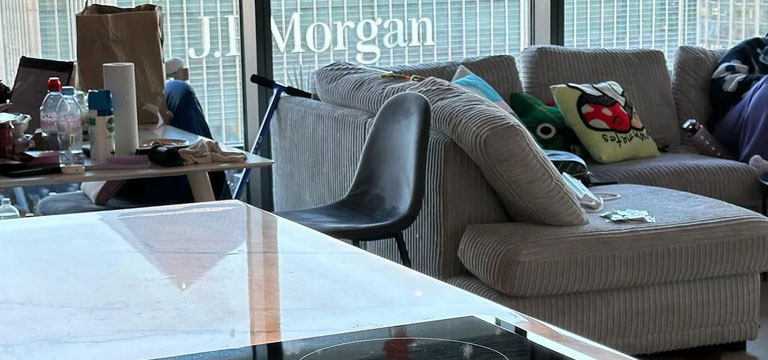There are myriad options from which to take your pick when it comes to worktops. So it may be a little harder to get your countertop choice right than you initially realised. Indeed, with potentially thousands of options on offer, it can be easy to feel slightly overwhelmed.
What’s more, any kitchen countertop represents a pretty hefty investment. But we’re here to help, with this list of things to bear in mind when making your choice:
<h3>Material decisions</h3>
Don’t think about your dream countertop and what it might look like. Instead, try to think about what would best suit you and your space.
For natural stone models, take into account porosity, and how busy your household is. If you’re always cooking and entertaining, you’ll need something particularly hardwearing and maintenance-free. Limestone for example, is durable and stain-resistant. Or perhaps you want something comprising a higher level of recycled content? Consider having something that also shrugs off scratches.
Talk to your stone supplier or kitchen designer before you commit.
<h3>Countertop thickness</h3>
Most kitchen worktops will come in a variety of thicknesses to suit the look you’re after. You can typically choose from anywhere between around 20mm and 40mm. You may even want to get creative and have different depths of worktop in different parts of your kitchen.
And if you mix it up with, for example, with super-thin wall units and a chunky island, the latter becomes a focal point.
A thick piece of stone can look amazing. But think of the of practicalities involved, not to mention the cost. Alternatively, an overhang can provide the effect of depth you want while having much less weight.
<h3>Giving it an edge</h3>
Don’t neglect this aspect. Want to go for a minimalist look? Opt for squared off or chamfered edge profile. A miltered edge can give a clean look providing substance to your worktop’s thickness. Or natural stone can be left ‘rough’ for a textural aspect, or carved into curved or scalloped designs.
<h3>Make a splash with a backsplash</h3>
Do you want your backsplash to match your countertops? Indeed, do you want to have one at all? How far up the wall will it go? Full-height backsplashes in the same design as the surface of the worktop seem to be increasingly popular, but consider aesthetics as well as practicalities.
<h3>Sample sizes</h3>
Ask to see full-size slabs or at least samples of a decent size when deciding on a countertop. Don’t base your decision on a small sample, only to find that, as a countertop, it just doesn’t look right in your kitchen.
<h3>The right balance of materials</h3>
With worktops in more than one material, you create an eclectic feel, while maximising the unique benefits of each one. So place materials accordingly. For example, you may want to have water-resistant limestone by a sink area, or marble somewhere where it’s less likely to get wet. An island countertop may be where you want to create a bolder look, food prep areas may be more restrained and pared back.
<h3>Where worktops meet</h3>
Think about whether you want to see joins in your worktop. It may not be possible to fit your stone seamlessly, but you could have a discreet line between slabs, for example where a ‘waterfall’ edge meets the top of the countertop.
<h3>Get in touch</h3>
London-based Royal Stone Care is on hand to help once you have decided on your countertops and they’re fitted, whether you’re a business or a private residence. We can look after marble cleaning in London, as well as granite chip repair in London. Get in touch today for a no-obligation quote, or just to learn more.

